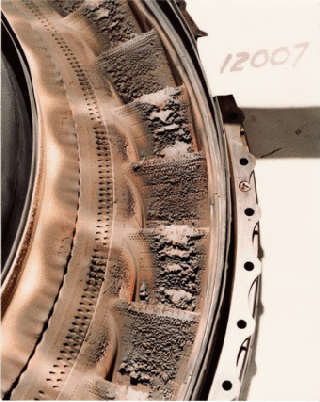One of the things I get to do when writing a novel is research--the more the better. My latest thriller stars a volcano, though as a pilot, I was already well aware of the dangers of flying through a plume of volcanic ash. Aftershock comes out March 3rd. Spoiler alert...volcanoes always win.
A little of the science:
On December 15, 1989, clouds of ash from an eruption at Mt. Redoubt Volcano in Alaska nearly caused a Boeing 747 jetliner (KLM Flight 867) carrying 231 passengers to crash land after losing power to all four engines.
A little of the science:
On December 15, 1989, clouds of ash from an eruption at Mt. Redoubt Volcano in Alaska nearly caused a Boeing 747 jetliner (KLM Flight 867) carrying 231 passengers to crash land after losing power to all four engines.
As the crew of KLM Flight 867 struggled to restart the plane's engines, "smoke" and a strong odor of sulfur filled the cockpit and cabin. For five long minutes the powerless 747 jetliner, bound for Anchorage, Alaska, with 231 terrified passengers aboard, fell in silence toward the rugged, snow-covered Talkeetna Mountains (7,000 to 11,000 feet high). All four engines had flamed out when the aircraft inadvertently entered a cloud of ash blown from erupting Redoubt Volcano, 150 miles away. The volcano had begun erupting 10 hours earlier on that morning of December 15, 1989. Only after the crippled jet had dropped from an altitude of 27,900 feet to 13,300 feet (a fall of more than 2 miles) was the crew able to restart all engines and land the plane safely at Anchorage. The plane required $80 million in repairs, including the replacement of all four damaged engines.

How did it happen?
It's a process that's sort of like Mother Nature's version of a "Cash for Clunkers" engine getting killed. Volcanic ash normally contains glassy materials, such as silicates, whose melting points are 600 degrees Celsius to 800 degrees Celsius. Since internal temperature of in-flight jet engine exceed 1000 degrees Celsius, glassy particles in volcanic ash inhaled by the engines instantly melt. In the course of exhaust, the glassy materials are rapidly cooled down in the turbine chamber, stick on the turbine vanes, and disturb the flow of high-pressure combustion gases. This disorder of the flow may stop the entire engine in serious cases — such as KLM Flight 867.











